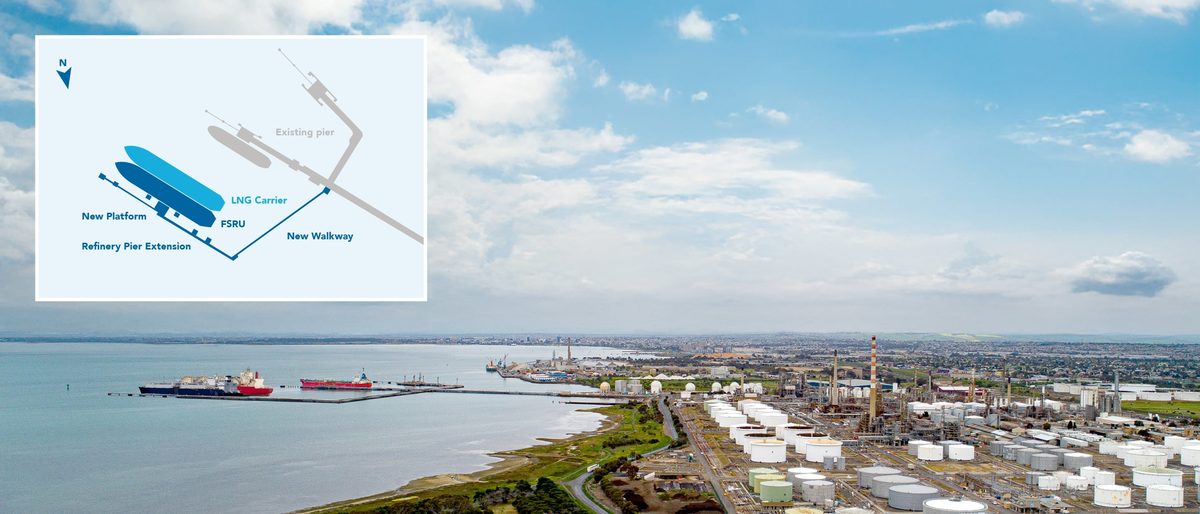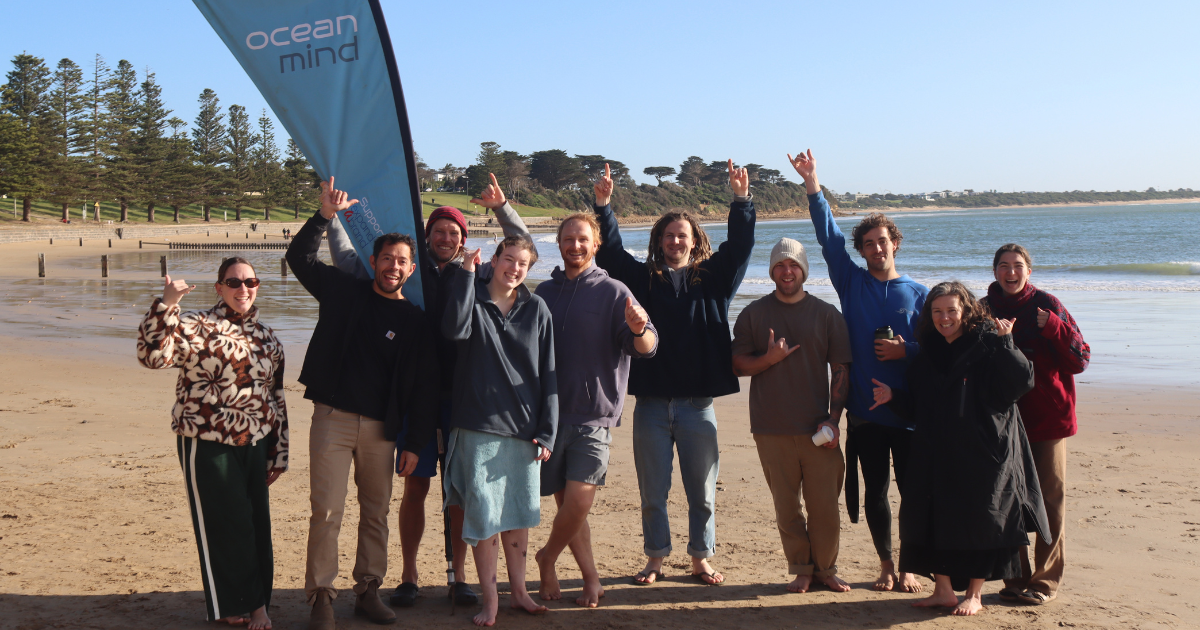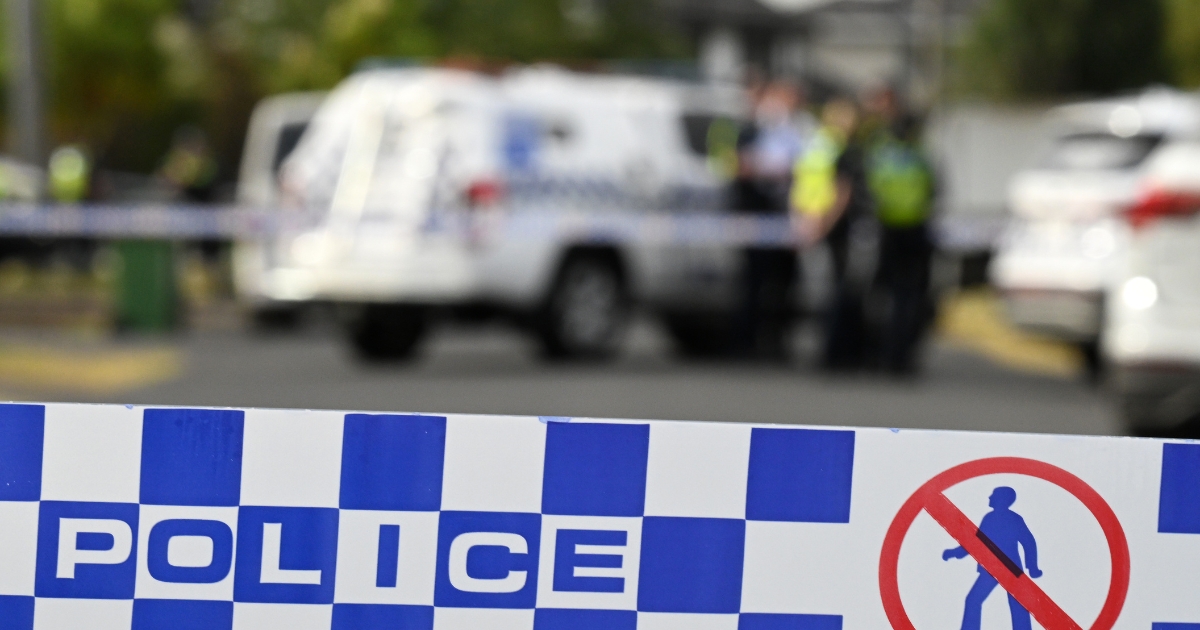Orange-bellied Parrot numbers at 15-year high
A FIVE-YEAR breeding program to pull the Orange-bellied Parrot back from the brink of extinction has tripled the bird’s numbers to a 15-year high.
With only 50 birds left in the wild in 2017, the Orange-bellied Parrot Mainland Release Trial was developed with the support of the Victorian and Commonwealth governments, Zoos Victoria, Corangamite Catchment Management Authority, Birdlife Australia and Moonlit Sanctuary, whereby captive-bred birds were added to the wild population.
The first of 36 Orange-bellied Parrots were recently released at Lake Connewarre and Western Port Bay as part of this year’s annual release program and are expected to join more than 100 previously released birds that are now part of a wild flock in the region.
In further good news for the species, they’ve had a good season in their Tasmanian breeding grounds producing 60 fledglings and authorities are witnessing the consistent migration to the mainland – including Lake Connewarre – of the bird.
“From band resightings we’re able to identify some of those birds that have returned are regular visitors to these high priority sites,” Birdlife Australia’s Chris Purnell said.
“Each year they return they seem to bring young birds with them and show them the ropes.

“One adult female that has returned this year has brought eight new recruits with her since winter 2019.”
Mr Purnell estimates that 140 Orange-bellied Parrots are expected to fly north to the mainland as part of their annual migration where wild and captive released birds are already mingling.
“This species has gone from being at imminent risk of extinction in the wild to numbers in the wild being at a 15-year high, thanks to this innovative release program,” Environment Minister Lily D’Ambrosio said.
“Our record investment into biodiversity is helping bring native species back from the brink of extinction – the growing flock of Orange-bellied Parrots is yet another success story.”
Recognising that a key threat to the species is its loss of habitat, the Corangamite Catchment Management Authority is recording the state of salt marsh vegetation around Lake Connewarre in an effort to understand how much food and habitat the Orange-bellied Parrots will have once they return.
A boundary review of the region’s Ramsar wetlands and first time listing of other sites for protection are also seen as important for the ongoing survival of the bird as they contain critical habitat and food.


















